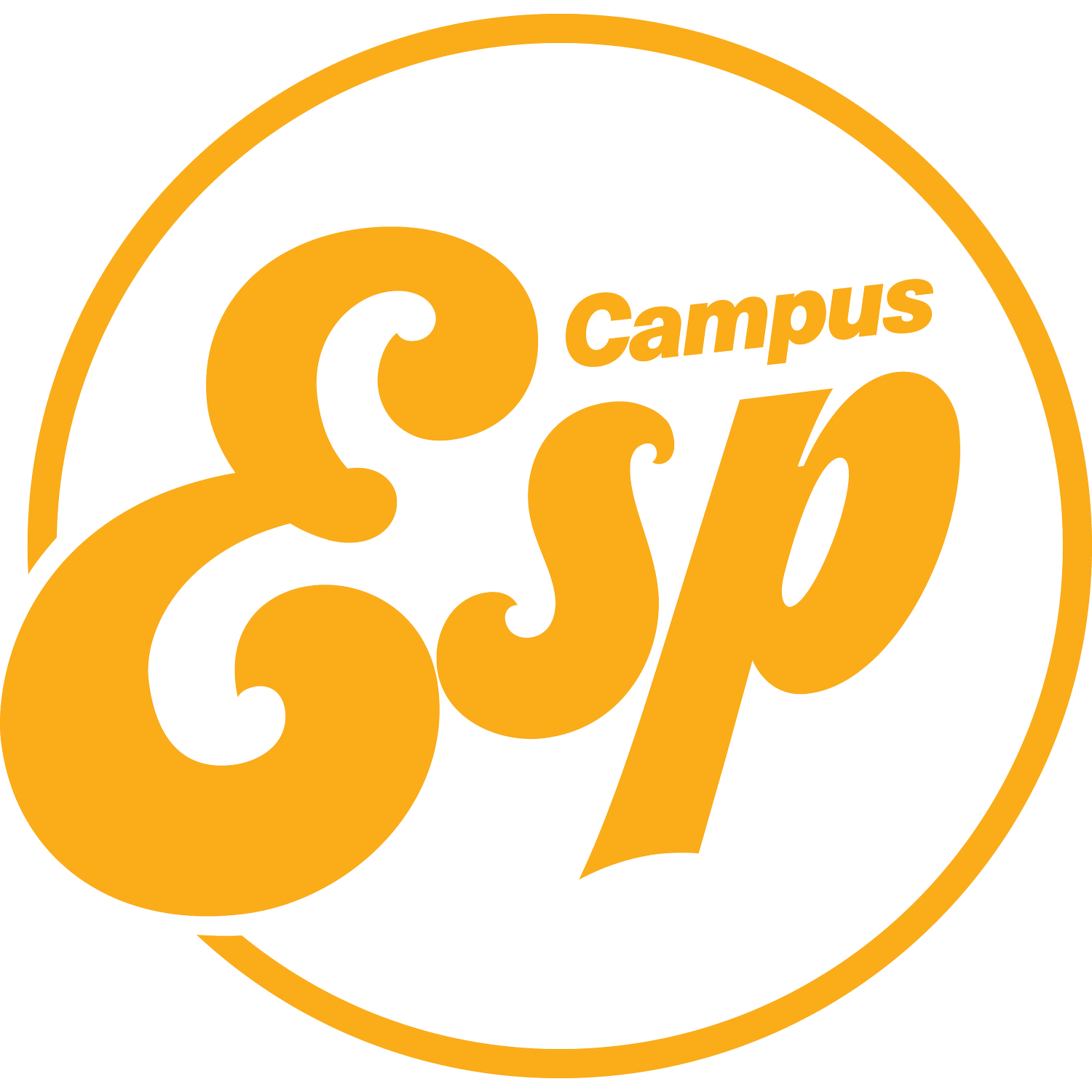A vehicle for student success: Give parents support while they give their students control
Helicopters. Snowplows. Lawn mowers. Bulldozers. All terms used to describe college parents.
In some situations, these are well-deserved, but they are not always helpful. Metaphors are great – they can certainly help us visualize a situation. But what about finding a metaphor we can share with family members that helps to contribute positively to a college student’s growth, development, and, ultimately, success.
More and more we are seeing parents driving the process for a student’s college experience – from the college search to graduation. As program and family program professionals, we know that the support of family members contributes to student success, but we also know that students need to be the drivers of their college experience. So how do we support parents and families while at the same time getting the student into the driver’s seat?
The tandem bike metaphor: who’s steering when?
When talking with parents, especially during the college transition, I have used a tandem bike as an example to illustrate the partnership between the student and parent. When children are young, parents start in the front of the bike and set the direction. When the student begins the college search, they need to switch seats and let the student take the front.
But switching seats takes some effort and it’s not always easy. Both riders can’t get off the bike at the same time, right? Someone needs to use the kickstand, so the bike doesn’t fall over. Not all riders are ready to be driver’s seat, so it may be time for a difficult conversation about steering the bike.
The student needs to be on the front of the bike during the college search; they need to guide their journey. And by the time a student begins college, most should be on their own bike.
Help parents let go of the wheel (or handlebars)
It takes some thought and effort to switch who is steering the bike; it’s no different for students and families during the college transition. Brian Cullaty’s research supports this process by identifying three behaviors that help to promote autonomy development in students (“steering the bike,” my analogy, not his):
actively redefining the parent-student relationship
relinquishing unnecessary control
encouraging responsibility
He also found that when parents retain control (“steer the bike,” mine again), it may inhibit autonomy development.
Julie Lythcott-Haims, former Dean of Students at Stanford University, may have the best vehicle-related metaphor: “The point is to prepare the kid for the road, instead of preparing the road for the kid.”
As parent and family professionals we can help family members who are struggling with this switch by supporting them from the college search to graduation.

